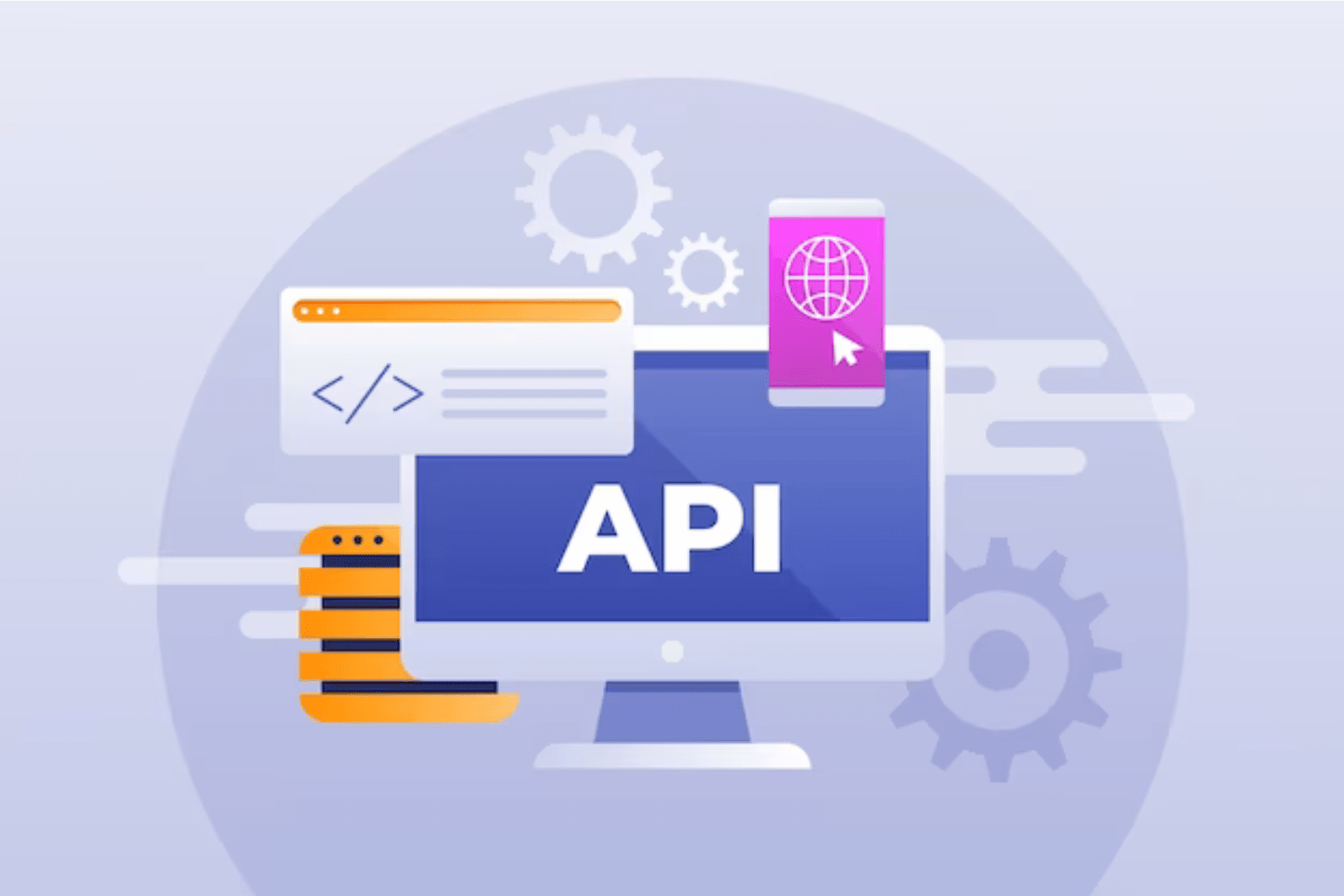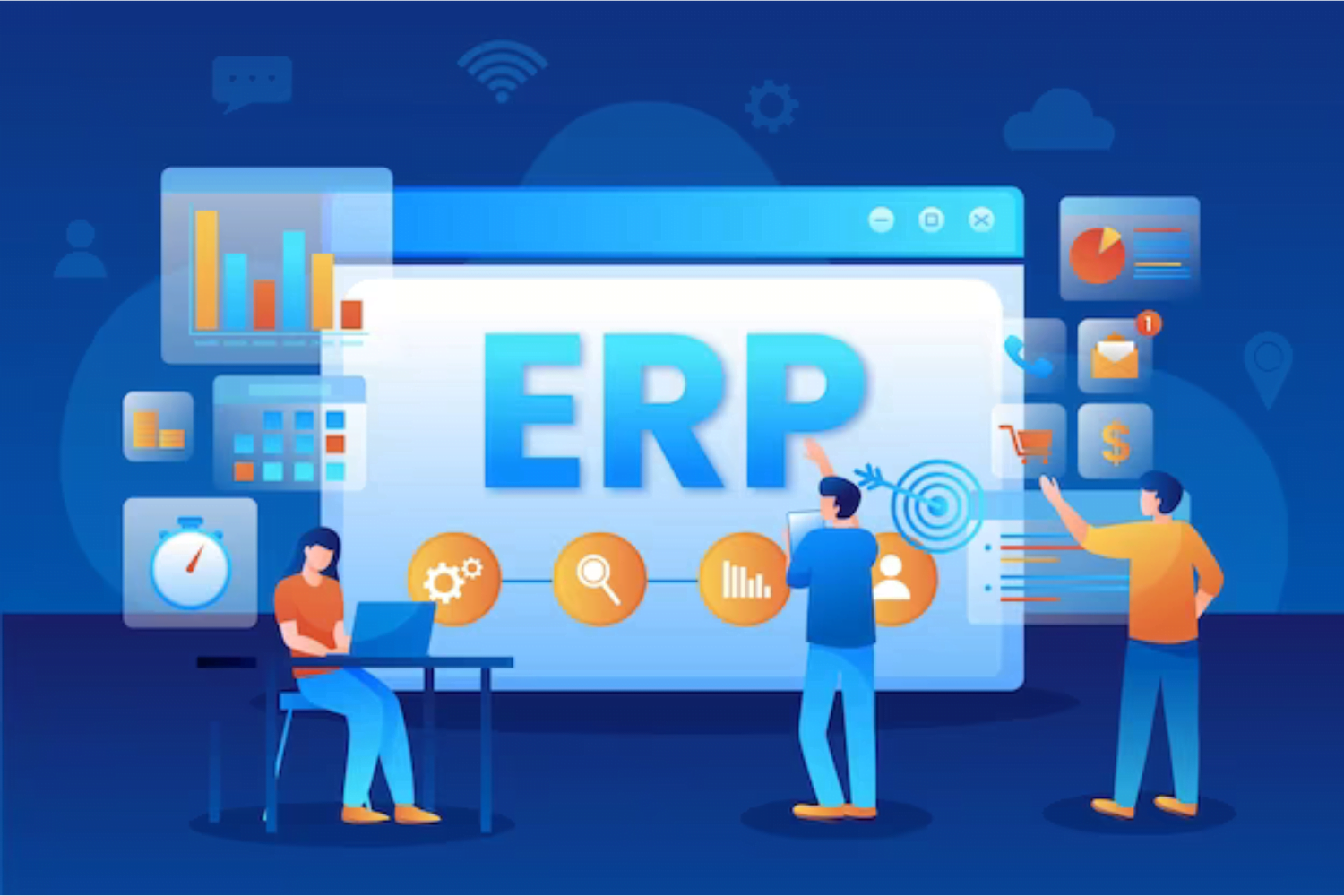
The process of developing, deploying, and supporting applications that are hosted on cloud infrastructure is known as "cloud-based software development."
We build and deploy scalable and flexible cloud-based applications by embracing the power of cloud computing. This enables companies to profit from the greater accessibility, scalability, and cost-effectiveness of cloud technology.
API Integration and Development
1. Cloud Infrastructure Selection
- Purpose : Choose a cloud service provider (e.g., AWS, Azure, Google Cloud) that best suits the requirements and budget of the project.
- Activities :
- Assess factors like scalability, availability, security, and cost when selecting a cloud platform.
- Set up the necessary accounts and configure resources on the chosen cloud platform.
2. Development Environment Setup
- Purpose : Configure the development environment to leverage cloud resources and services during the software development process.
- Activities :
- Integrate cloud-based development tools, such as cloud IDEs (Integrated Development Environments) and version control systems.
- Configure local development environments to interact with cloud services.
3. Cloud-Native Application Development
- Purpose : Design and develop applications that are specifically optimized for cloud environments, taking advantage of cloud services and features.
- Activities :
- Utilize cloud services like databases, storage, and serverless computing to build scalable and cost-effective solutions.
- Leverage microservices architecture for modular and independent development.
4. Scalability and Elasticity
- Purpose : Design the application to dynamically scale resources up or down based on demand to ensure optimal performance.
- Activities :
- Implement auto-scaling policies that automatically adjust resources based on predefined conditions (e.g., increased traffic).
- Leverage cloud features like load balancers to distribute traffic across multiple instances.
5. Data Storage and Management:
- Purpose : Determine the appropriate data storage solutions and database configurations for the application.
- Activities :
- Choose between different types of cloud-based databases (e.g., relational, NoSQL) based on the application's data requirements.
- Implement data backup and recovery strategies.
6. Security and Compliance:
- Purpose : Implement robust security measures to protect data and ensure compliance with industry-specific regulations.
- Activities :
- Employ encryption techniques for data in transit and at rest.
- Implement access controls, authentication mechanisms, and regular security audits.
7. Continuous Integration and Continuous Deployment (CI/CD)
- Purpose : Automate the process of integrating code changes, testing, and deploying applications in a cloud environment.
- Activities :
- Set up CI/CD pipelines to automate building, testing, and deploying code changes.
- Implement continuous monitoring and logging to identify and address issues in real-time.
8. Cost Optimization:
- Purpose : Manage and optimize cloud resources to control costs and ensure efficient use of resources.
- Activities :
- Monitor resource usage and implement cost management strategies (e.g., reserved instances, spot instances).
- Implement monitoring and alerting systems to identify and address inefficient resource usage.
9. Disaster Recovery and Redundancy
- Purpose : Establish backup and recovery procedures to ensure business continuity in case of unexpected failures.
- Activities :
- Implement redundant architectures and multi-region deployments to ensure high availability.
- Set up automated backup and recovery processes for critical data.
10. Performance Monitoring and Optimization
- Purpose : Continuously monitor the performance of the application and make necessary optimizations to improve efficiency.
- Activities :
- Use cloud monitoring tools to track key performance metrics (e.g., response times, resource utilization).
- Analyze performance data to identify areas for improvement and implement optimizations.
















